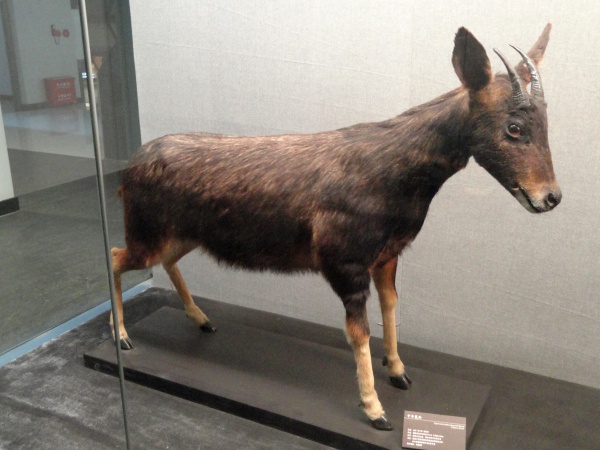Facts About Mainland serow
The mainland serow, also known as the Chinese serow, is a captivating goat-antelope species found in China and Southeast Asia. Initially, the term "mainland serow" referred to Capricornis sumatraensis, encompassing all serows in mainland Asia and Sumatra. However, scientists later distinguished three separate species, and now Capricornis sumatraensis pertains only to serows in Sumatra and Malaysia.
These animals boast a striking appearance. They possess a coat with guard hairs, a mane extending from their horns to the middle of their back, and males feature prominent light-colored horns. Mainland serows are fairly large, reaching up to six feet in length, standing about three feet tall at the shoulder, and can weigh over 150 kg.
Mainland serows are found in central and southern China, Vietnam, Cambodia, Laos, Myanmar, and Thailand. They thrive in forested mountain ranges and prefer steep, rugged hills at elevations as high as 4,500 meters. While they favor rocky terrains, they can also inhabit forests and flat areas, and are even capable of swimming to small offshore islands. Remarkably, they show a moderate tolerance to human activity.
Behaviorally, mainland serows are territorial and tend to live alone or in small groups. They usually stay within a confined area where they graze on grass, shoots, and leaves. They mark their territory with droppings and other markings. These animals are most active during dawn and dusk. After an eight-month gestation period, they typically give birth to a single offspring in September or October.

 Laos
Laos